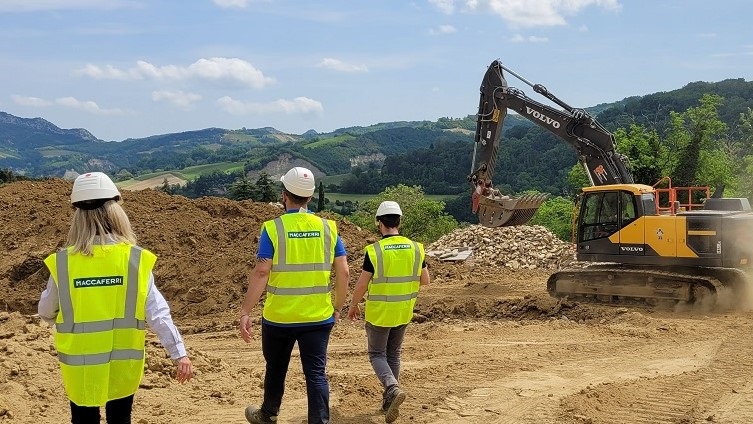Basal Reinforcement
2020
DUQM - AL WUSTA - Oman
Special Economic Zone Authority, Duqm
CONSTRUCTION OF ROAD NOS. 1 & 5 AND DRAINAGE SYSTEMS AT DUQM PORT
Problem
The Special Economic Zone Authority at Duqm (SEZAD) has commissioned Parsons International Company LLC (Parsons) for the Design and Supervision of Road Nos. 1 and 5 and Drainage Systems, as part of the road infrastructure works in the SEZAD area. The proposed project intends to provide and improve access to the Duqm Port and the Liquid Jetty. The Liquid Jetty will serve the Duqm Refinery and several proposed heavy/ petrochemical industries in Duqm. The Duqm area is marked by the significant presence of ‘soft clay / sabkha’ soil, which drastically influences the construction of foundations for civil engineering structures in that area. From that scenario, a suitable ground improvement solution had to be adopted before the construction of the embankments of Road Nos 1 and 5. After making a critical techno-commercial review of the ground improvement options available in the Oman market, the solution of stone columns became preferential. Nevertheless, the potential cost involved in achieving stone columns below the road embankment of average width 75 m and length 8.5 km would be prohibitively expensive and significantly time-consuming
Solution
Maccaferri Middle East (MME) was approached by the project stakeholders to propose a suitable alternate scheme of ground stabilization. After studying the geotechnical reports and history of ground failures in the project area, MME proposed a ground stabilization solution consisting of high strength ParaLink geogrids as basal reinforcements, underlain by a layer of thick boulder layer. The basal reinforcement design was done following the guidelines of the British Standard BS:8006-2010. ParaLink geogrid with a strength of up to 500 KN/m was required for the stabilization of the road embankments. The boulder layer was expected to function initially as a working platform. However, it also works to speed up the consolidation settlement and contributes to reducing differential settlements through a beam effect. While comparing with the cost of initially preferred stone columns approach, the cost of the ground improvement was decreased by 85%, by adopting the MME’s proposal. MME was involved in the design, supply, and site assistance of the

